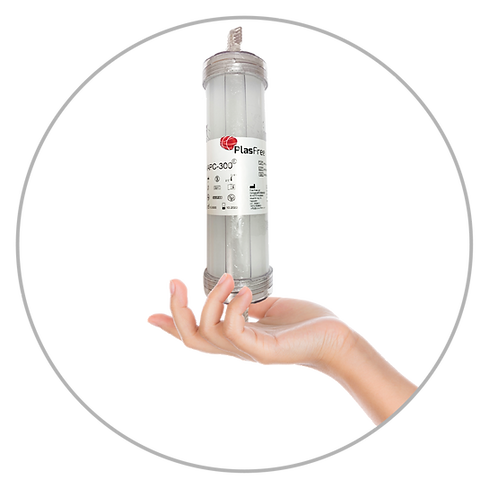
Product
AAPC-300
THE NEED
Ammonia is constantly produced as a metabolic waste from amino acid catabolism in mammals. Ammonia, the toxic waste metabolite, is resolved in the liver where the urea cycle converts free ammonia to urea. Liver malfunctions cause hyperammonemia that lead to central nervous system (CNS) dysfunctions, such as brain edema, convulsions, and coma, such as in the case of Hepatic Encephalopathy (HE). HE is most often associated with cirrhosis, a condition which effects over 5 million people in the US.
The current treatments for hyperammonemia, such as antibiotics or lactulose, are designed to decrease the intestinal production of ammonia and/or its absorption into the body and are not effective. Additionally, these treatments are often accompanied by side effects. Other ammonia scavenger drugs may help hyperammonemia patients to balance the ammonia levels as a chronic treatment. However, there is an unmet need to find a robust method to reduce ammonia levels during acute conditions when hyperammonemia patients are hospitalized.


PLAS-FREE SOLUTION
Plas-Free’s Ammonia Adsorption Plasma Column (AAPC-300) device is a non-pyrogenic, sterile, single-use device designed to remove ammonia from the blood stream. The AAPC-300 effectively and specifically extracts more than 80% of the ammonia from plasma fraction, thus enabling the reduction of ammonia levels during hepatic encephalopathy (HE). Neurological injury is non-reversable, thus time is critical in the treatment of hyperammonemia. The APPC-300 can reduce the levels of ammonia in less than 1.5 hours thereby preventing significant accumulated neurologic injury. This contrasts with the pharmacokinetics of drugs that can take few hours and subsequently cause additional neurologic injury.
REGULATION
AAPC-300 estimated to be classified by the FDA as De-Novo under CDRH.
MARKET
More than 800,000 patients in the U.S hospitalized every year with acute HE, the potential U.S. Market estimates in $1B for acute treatment1

